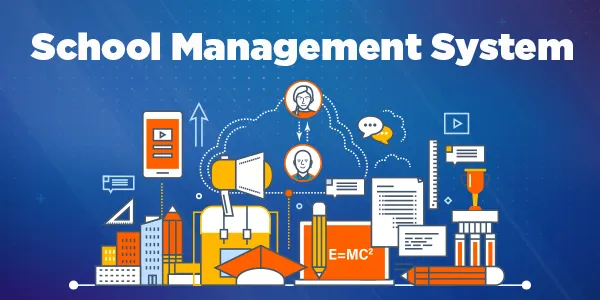




1. Student Information Management:
* Stores and manages detailed student records such as personal information, enrollment data, grades, attendance, and disciplinary records.
* Allows administrators and teachers to access and update student data in real-time.
2. Attendance Management:
* Digital tracking of student attendance, including daily check-ins, tardiness, and absences.
* Can integrate with biometric or RFID systems for automated attendance tracking.
* Generates attendance reports for analysis and parental communication.
3. Timetable and Scheduling:
* Helps in creating, managing, and updating class schedules for teachers and students.
* Avoids scheduling conflicts and optimizes the allocation of resources such as classrooms and teachers.
4. Exams and Grading:
* Facilitates the creation and management of exams, grade books, and result generation.
* Allows teachers to input grades and generate report cards automatically.
* Provides performance analytics for students, helping teachers and parents monitor progress.
5. Fees Management:
* Automates the collection of tuition fees, including managing invoices, receipts, and payment records.
* Supports online payment gateways for ease of payment by parents.
* Generates financial reports and tracks overdue payments.
5. Communication and Notification:
* Enables communication between school staff, students, and parents through notifications, announcements, and reminders.
* Can send alerts about important updates such as exam schedules, school events, or emergencies via SMS, email, or mobile apps.
6. Library Management:
* Manages the school library system, including book catalogs, issuing/returning books, and overdue alerts.
* Keeps track of book availability and borrowing history.
7. Human Resource (HR) Management:
* Handles teacher and staff data, including hiring, payroll, leave management, performance evaluations, and employee records.
* Automates payroll processing, including tax calculations, deductions, and benefits.
8. Transport Management:
* Manages school bus routes, student pick-up/drop-off points, and vehicle maintenance.
* Tracks transport fees and can integrate with GPS for real-time tracking of buses for parents.
9. Parent and Student Portals:
* Provides parents and students with access to academic records, attendance, school notices, assignments, and fee payment status.
* Enhances transparency and communication between the school and families.
10. Inventory and Asset Management:
* Keeps track of school supplies, equipment, and inventory.
* Manages procurement processes and asset maintenance schedules.
11. Hostel Management (if applicable):
* Manages student accommodations, room allocations, and hostel fees.
* Tracks occupancy and hostel-related services like food and maintenance.


*Efficiency: Automates routine tasks like attendance, fee management, and report generation, saving time for teachers and administrators.
*Data Accuracy: Reduces errors in data entry, grading, and financial transactions, improving overall accuracy.
*Transparency and Communication: Enhances communication between schools, parents, and students, keeping everyone informed and engaged.
*Cost-Effective: Minimizes the need for paperwork, manual processes, and physical storage, saving on operational costs.
*Security: Safeguards sensitive student and school data through encryption, controlled access, and regular backups.
*Access Anytime, Anywhere: Cloud-based school management systems allow access to data from anywhere, facilitating remote learning and administration.


* Educational Institutions: Used by K-12 schools, colleges, and universities to streamline operations.
* Multi-Branch Schools: Supports the centralized management of multiple campuses or branches under a single system.
* Coaching Institutes and Training Centers: For managing classes, schedules, fees, and student progress tracking.

